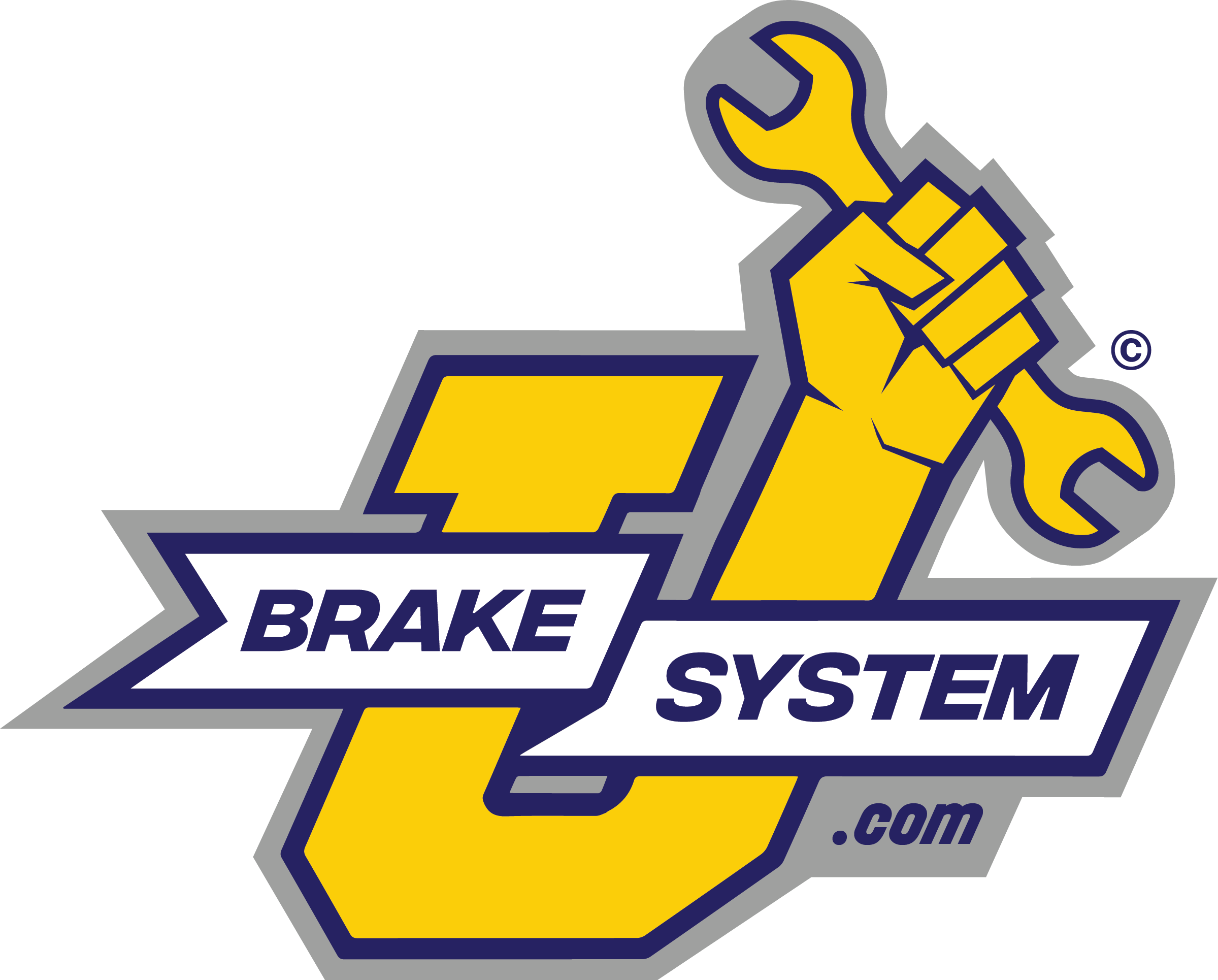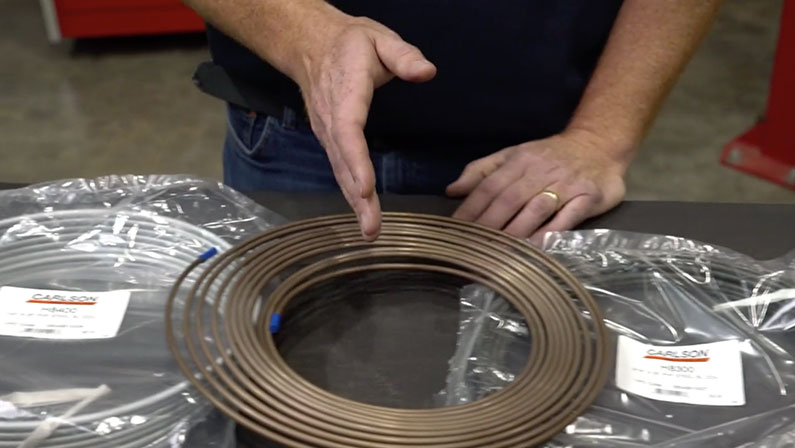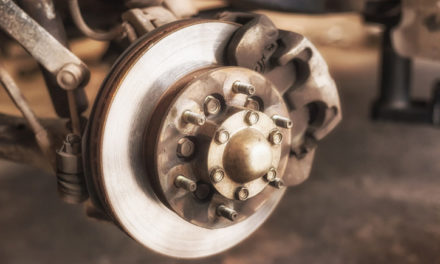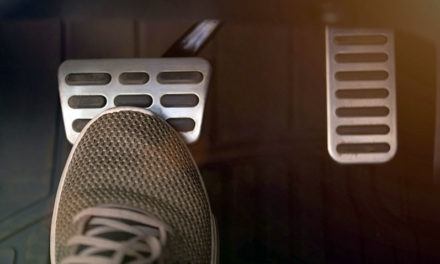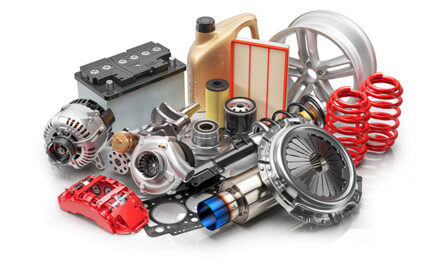If you are halfway decent with your hands and have at least somewhat of a mechanical inclination, you can replace your vehicle’s brake lines on your own. However, this is not the type of project you jump right into without any preparation. Rather, you need an overarching strategy to perform brake line replacement that stands the test of time and ensures your automobile functions exactly as it should. Let’s take a quick look at a few tidbits of advice that will help you replace your brake lines properly.
Resist the Temptation to Replace Your Brake Lines with Steel
Metal brake lines in vehicles are typically comprised of steel in an attempt to reduce overhead costs. However, steel is problematic as it can corrode, especially during the winter months as a result of exposure to salt on the roads. Opt to upgrade your brake line to copper-nickel, and you won’t have to worry about corrosion or rust.
Do not use the Same Fittings from the Old Line
It is possible to take off the fittings from the old brake line and simply reuse them on your replacement line. However, doing so can prove to be quite problematic. It is better to use completely new fittings as your old ones might be corroded or cracked. Furthermore, there is a chance the old fittings’ threads have been damaged.
Invest in the Right Bending, Flaring, and Cutting Tools
Do not attempt to cut costs by resorting to cheap, old, or faulty tools for cutting, bending, or flaring. New tools for brake line replacement hit the market surprisingly frequently. These tools help you flare the line with surprising ease. Quality bending tools will allow you to perform tight bends close to the fittings without running the risk of deforming the brake line.
Err on the Side of Replacing More of the Line Rather Than Less
Resist the temptation to splice together corroded portions of the brake line. If you merely replace the section that leaks, it will cause a comeback. Instead, replace the hard-line directly from the wheel well, substituting a line without any damage whatsoever.
Consider the Build of the Vehicle
Certain automobiles have front and back suspensions along subframes. In other situations, the brake lines positioned on the unibody and subframes are connected. This setup has the potential to cause issues if the fuel lines or brakes require replacement. Removing the subframe was often necessary during the time of ridged lines. However, the use of comparably flexible tubing allows for forming in place, creating the opportunity to route to points of attachment.
Flaring Dies Must be Lubricated
If flaring dies are not properly lubricated, they have the potential to suffer significant damage. Such damage can prevent the flares from sealing properly. The bottom line is you should toss damaged die, strictly using those that are undamaged to ensure the flaring is properly lubricated.
Be Precise with the Flare
It will take some attention to detail and coordination to seal brake likes with 2,000 psi. The female and male components of the fitting are upwards of five degrees different than the sealing surfaces. In certain situations, the flare is designed in a manner that compresses or crushes onto the surface to create a seal, meaning the tolerances will increase quite fast. Do not settle for a line that is not perfectly clamped or one that is not perfectly centered as cutting these metaphorical corners will lead to leaking in due time.
